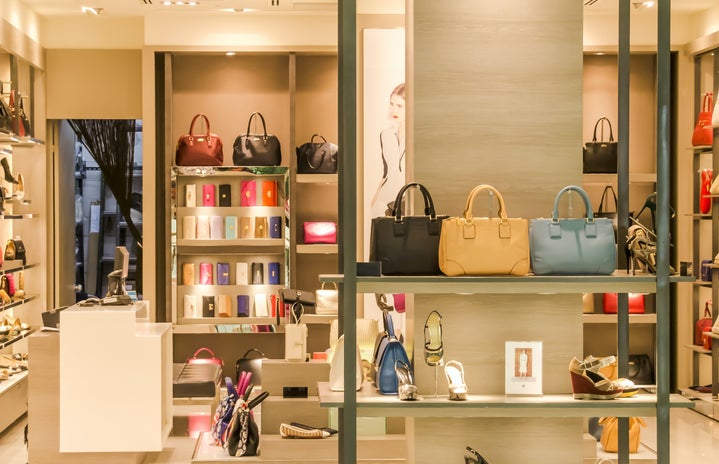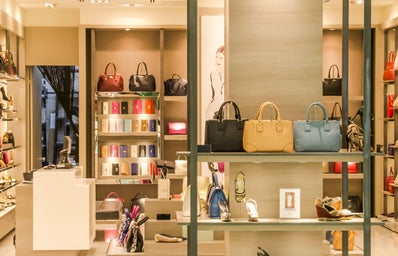SPFW has officially ended, and although it left us with many creative collections and new possibilities to gather inspiration, it once more sparks the question: are we seeing a female fashion made by men and for men?
Out of the 27 fashion shows that occurred in the past weekend, only 10 of them had women in the director chairs. Although fashion has become more open to the male market – and we are all in for the male fashionistas – it is well known that it is a space that has mainly been considered female, with most collections being apparently thought and designed for women – either for their comfort or to enhance them.
However, as SPFW’S numbers point out, the fashion made for women has become less about them and more about what white male directive creators believe it’s the female gaze, leaning more toward a female fashion that corresponds to male expectations of women.
The lack of diversity – whether racial or gender – it’s not news in the fashion industry. According to a research led by the Council of Fashion Designers of America in 2021, most executive positions in the field are occupied by white men. Those statistics, nonetheless, change drastically when analyzing the manpower of the fashion industry, that is evidently carried by women, who are always seen as the seamstresses and menders, but never as powerful women who could lead brands to success.
In Brazil, women occupy 72% of the workforce in formal jobs, mainly concentrated in the states of São Paulo (81,294 workers) and Santa Catarina (71,734 workers), according to the United Nations Office of Project Services. This exclusionary reality goes far beyond the fashion industry in Brazil, and even reaches the most famous luxury brands of the fashion world, like Alexander McQueen, whose creative director changed in october of last year, going from Sarah Burton to Seán McGuirr, whose debut in the Fall Winter 2024 was not considered strong or even aligned to McQueen’s legacy. So, has fashion become duller due to the absence of women as creative directors?
The lack of female gaze in luxury labels
McGuirr, however, is not the first – nor the last – white male designer to take over high positions in the fashion industry. In the french luxury holding Kering, six white men are in control over what we see in the runways and in the main brands, like Gucci, Saint Laurent, Bottega Veneta, Balenciaga, Brioni and Alexander McQueen. That comes to show a misogynistic conception that men are always the creative, almost as if they are the only ones capable of bringing innovation and growth to a brand – which goes far beyond fashion, as men are always the inventors and creator, while women are left to sit, watch and, if they are even remotely lucky, they get to help out in the teams that actually do the creating and building.
The picture isn’t brighter outside of Kering. Of the top 30 luxury brands in the Vogue Business Index, eight out of the 33 creative director roles are currently held by women: Maria Grazia Chiuri (Dior), Stella McCartney, Virginie Viard (Chanel), Miuccia Prada (Prada and Miu Miu), Nadège Vanhee-Cybulski (Hermès), Donatella Versace (Versace) and Sandra Choi (Jimmy Choo). While there are only two POC men in creative director roles: Pharrell Williams at Louis Vuitton men’s and Maximilian Davis at Ferragamo. Choi, however, is the only woman of color in a creative director role across the 30 houses.
The abundance of white male creatives is the result of many factors, with one of them being that appointments to creative director roles come with promotions from within the ranks of a brand’s design studio as flashy young designer appointments (whose vast majority are men).
And how does that influence the luxury brands? Women are being pushed out of making the decision of what is truly a feminine fashion, and not only that but having their necessities ignored in the process. Whether it’s new fabrics or the lack of pockets in pants, women still belong on the table to decide what belongs to their reality, as instead of only having a male outlook of what women expect to see from fashion – which lately has been reduced to transparency and mini skirts – while ignoring womens wants, needs and aspirations.
Although not many, women in creative positions have been establishing themselves with a bigger impact, and should receive the same recognition as the big labels do during Fashion Weeks. Chemela Kamalí is one of the most recent examples, having become the creative director of Chloé in February of this year. The designer has already won the hearts of many fashion lovers. Why? In her debut collection, Chemela presented a feminine collection within the boho aesthetic, with fluid pieces, lace, transparency, ruffles and fringes on flowing tops and dresses, resulting in a light and sensual collection.
“There was this urgency back then, because you could identify with the woman. She wasn’t a distant fantasy – you thought you knew her, you wanted to look like her, you wanted to be her. At the shows, backstage, girls arrived from other shows and were dressed as Chloé because that was what they wore in their private lives. It was an iconic moment for fashion, this intuitive way of dressing”,
Chemela told Vogue USA.
She has made it her mission to bring back collections that girls out there can visualize themselves wearing, as opposed to the current fashion ideal that it has to only be a fantasy or a statement.
“Sometimes you feel like the women we talk about are still these kinds of fantasy women, these objects that are more distant – or an idea of a woman, let’s say”
Chemela told Vogue USA.


